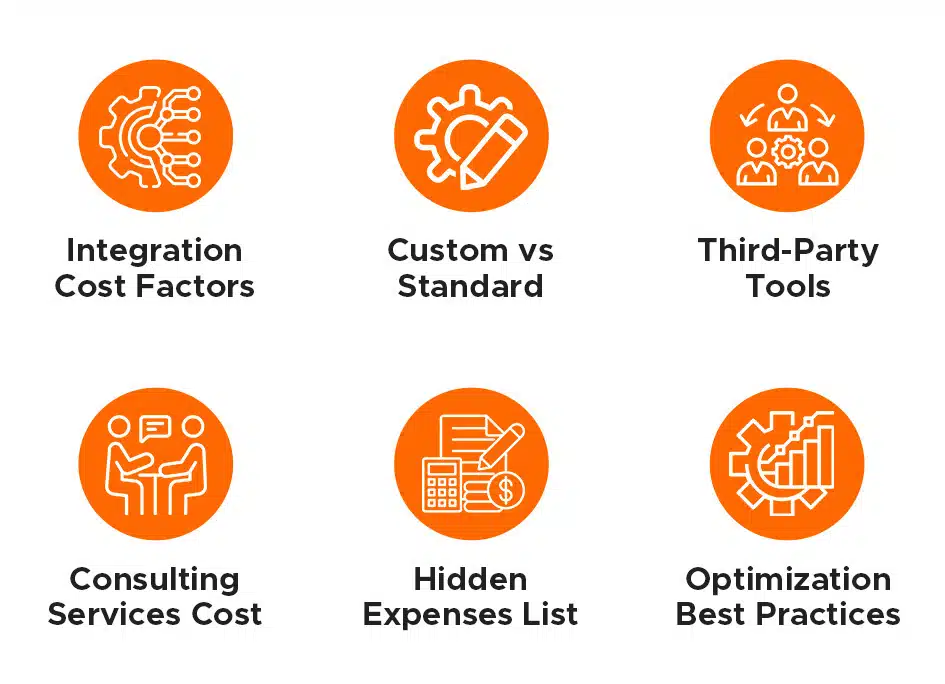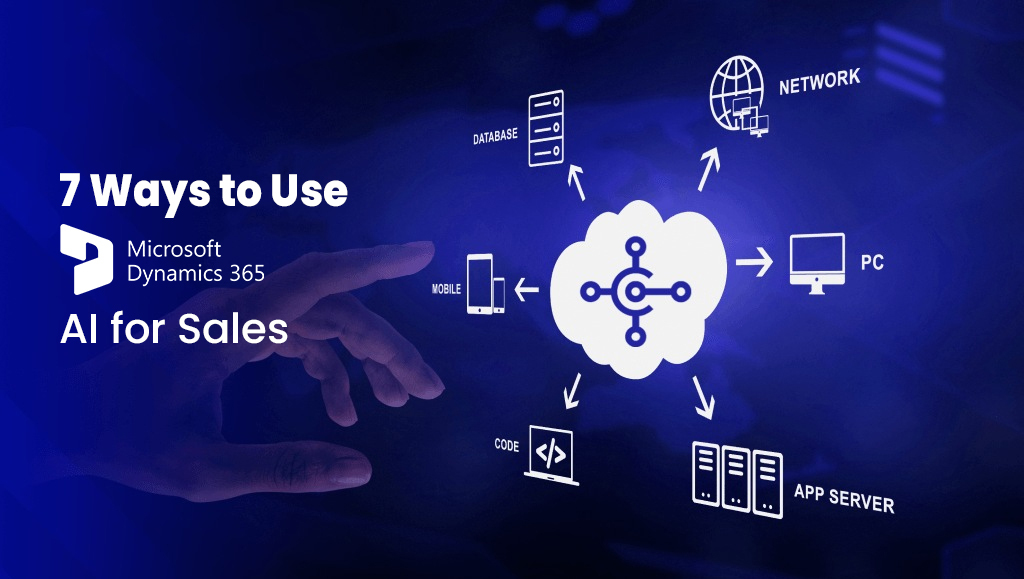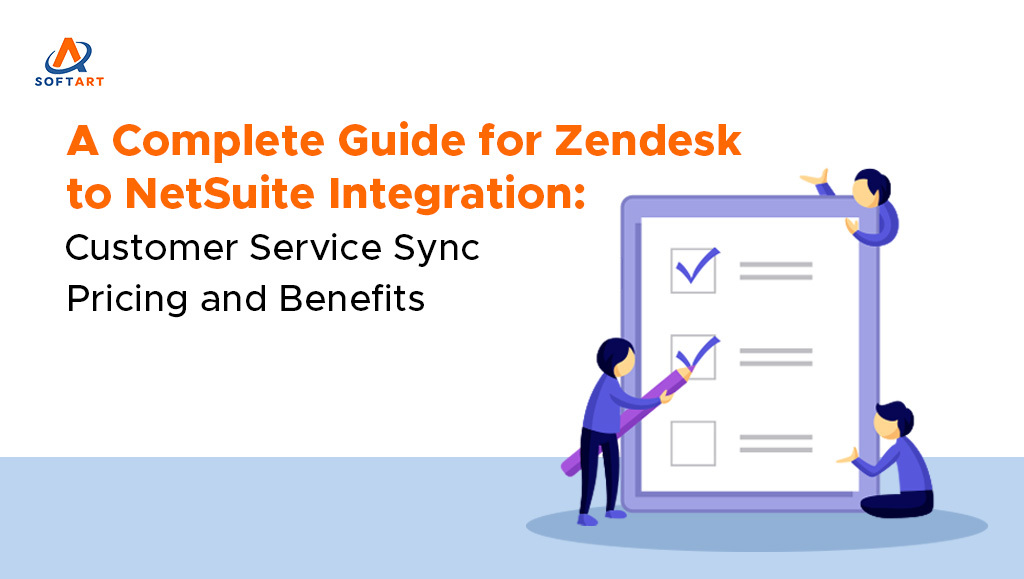The integration of Microsoft Dynamics 365 Business Central with other enterprise systems isn’t just a technical enhancement—it’s a strategic move. However, understanding Dynamics 365 integration expenses is crucial for any organization planning for a smooth and cost-effective digital transformation.
From licensing and customization to third-party tools and support, a variety of factors shape the Dynamics 365 Business Central integration fees. Here’s a comprehensive guide to what these costs entail, how they vary, and what businesses should know to ensure successful implementation.
Why Integration with Dynamics 365 Business Central Matters?
Microsoft Dynamics 365 Business Central is a robust ERP solution designed for growing enterprises. Yet, its real power unfolds when integrated seamlessly with other critical business requirements like—e-commerce platforms,Biometric devices, Local Government portals, SMS integrations, Whatsapp Integrations and more. Integration:
- Automates data flow between systems
- Improves operational visibility
- Enhances real-time decision-making
- Reduces manual effort and data duplication
But these benefits come at a price, and understanding the composition of those costs can help businesses plan better.
What Influences Dynamics 365 Business Central Integration Costs?
Integration costs vary widely, depending on several key elements:
1. Scope and Complexity of Integration
- Number of Systems Involved: More integrations mean higher costs.
- Data Volume and Frequency: Real-time data synchronization typically costs more than batch processing.
- Business Logic: Complex workflows require custom development and extensive testing.
2. Customization Requirements
- Standard vs. Custom Integration: Out-of-the-box connectors are cheaper but less flexible.
- Tailored Solutions: Bespoke connectors and middlewares are costlier but aligned with specific business processes.
3. Third-party Tools and Middleware
- Integration Platforms (iPaaS): Tools like Celigo, Tibco, Boomi or Zapier can reduce development time but incur license costs.
- Custom APIs: Often necessary when native integration options are limited.
4. Licensing and User Access
- Microsoft charges per user and per feature. Adding new users or advanced features to support integrations affects overall expenses.
5. Implementation Partner and Consulting Services
- Collaborating with a reliable Dynamics 365 Business Central consulting services provider is essential. Consulting rates vary, often reflecting experience and geographic location.
6. Maintenance and Support
- Ongoing Monitoring: Ensures integrations stay functional with updates.
- Troubleshooting and Scaling: Adaptations to meet future needs can incur additional charges.
Common Dynamics 365 Integration Expenses: A Breakdown
While every project differs, most Dynamics 365 integration initiatives incur the following costs:
1. Licensing Fees
Depending on the systems being integrated and the tools or middleware used, licensing costs can vary. These may include Microsoft licensing for Dynamics 365, third-party platforms, or API usage charges.
2. Consulting and Implementation Costs
Engaging with Dynamics 365 Business Central consulting services ensures a smooth, efficient integration—but it comes with professional service fees. These costs typically cover initial planning, customization, and hands-on implementation.
3. Custom Development
When pre-built connectors are insufficient, businesses may require custom integration solutions. Custom development adds flexibility but increases both time and cost.
4. Data Migration and Mapping
Transferring data from legacy systems into Dynamics 365 Business Central often involves complex mapping, cleansing, and validation steps. These activities are resource-intensive and must be accounted for in the budget.
5. Testing and Quality Assurance
Rigorous testing is crucial to avoid disruptions. Expenses here include functional testing, performance checks, and user acceptance testing to ensure the integration operates as expected.
6. Training and Change Management
Employees need to understand new workflows post-integration. Training sessions, documentation, and support contribute to overall integration fees but are essential for user adoption and long-term ROI.
7. Ongoing Maintenance and Support
Post-deployment support is a recurring cost that covers updates, issue resolution, and system enhancements. Regular maintenance helps maintain performance and reduces the risk of future disruptions.
One-Time vs. Recurring Costs: What to Know
One-Time Costs
- Initial setup
- Custom connector development
- Testing and deployment
Recurring Costs
- Software subscriptions
- Maintenance and support
Balancing short-term and long-term investments is key to sustainable ROI.
Best Practices to Optimize Integration Costs
Organizations can control and optimize Dynamics 365 Business Central integration fees more effectively by following these practical strategies:
1. Defining Clear Integration Goals
A detailed and well-structured roadmap helps avoid unnecessary complexity, miscommunication, and overspending. Clear objectives guide the project scope and keep the integration aligned with business priorities.
2. Leveraging Existing Connectors
Explore available native or pre-built connectors before opting for costly custom development. Utilizing proven, out-of-the-box solutions can reduce integration time, minimize errors, and lower overall costs significantly.
3. Choosing the Right Integration Strategy
Carefully evaluate different approaches—point-to-point, hub-and-spoke, or middleware platforms—based on current needs and long-term scalability. Selecting a strategy tailored to future growth can prevent the need for major rework down the line.
4. Partnering with Experienced Consultants
An experienced consulting team minimizes costly rework, identifies potential pitfalls early, and streamlines delivery. SoftArt has a proven track record of helping businesses maximize the value of their Dynamics 365 ecosystem through efficient, scalable, and cost-effective integrations.
5. Monitoring and Maintenance
Plan for continuous monitoring and regular updates to reduce future troubleshooting costs and performance issues. Proactive maintenance ensures long-term success and protects against unexpected disruptions or downtime.
Hidden Costs to Watch Out For
Even the most well-planned integration projects can reveal unexpected expenses. Watch for:
- Data cleansing before import
- Security compliance measures
- Training for users and IT staff
- Post-go-live support and enhancements
Accounting for these early in the budget ensures a smoother execution.
Integration Case Scenarios: What Different Projects Might Cost
Biometric Integration
- Tools : Native Microsoft Connectors
- Cost Range : $2,000 – $5,000
- Time: 1 – 2 Weeks
Basic Third party CRM Integration
- Tools: Native Microsoft connectors
- Cost Range: $8,000–$10,000
- Time: 2–4 weeks
Multi-System ERP Integration
- Tools: iPaaS + custom APIs
- Cost Range: $30,000–$40,000
- Time: 8–16 weeks
E-Commerce and Inventory System Sync
- Tools: Custom middleware
- Cost Range: $15,000–$20,000
- Time: 6–12 weeks
The complexity of data flow, compliance needs, and business logic heavily influence cost and timeline.
How to Budget for Dynamics 365 Business Central Integration?
When planning your integration budget:
- Begin with discovery: Analyze what needs integration and how.
- Prioritize functionality: Start with must-haves before scaling.
- Factor in growth: Build solutions that adapt to future systems.
- Get professional estimates: Work with a provider like SoftArt that offers transparent, scalable pricing models tailored to business needs.
Plan Strategically, Integrate Smartly
Integrating Microsoft Dynamics 365 Business Central isn’t just a technical task—it’s a strategic investment in operational excellence. Whether it’s improving workflow efficiency, enhancing reporting, or enabling real-time insights, the value is immense—but only if costs are understood and managed well.
By planning smartly, leveraging existing tools, and partnering with experienced consultants, businesses can minimize Dynamics 365 integration expenses while maximizing ROI. A well-integrated system isn’t just about technology—it’s about agility, clarity, and business growth.
For organizations seeking expert guidance, partnering with specialists who deeply understand the dynamics 365 business central integration is the key to a successful transformation journey.
Need help with seamless and scalable integration? Speak to a certified Dynamics 365 Business Central consultant today.
Frequently Asked Questions:
- What is Dynamics 365 Business Central integration?
Ans. Integration involves connecting Business Central with other systems like CRMs, e-commerce platforms, or supply chain tools to automate workflows and improve data visibility.
- Why do integration costs vary so much?
Ans. Costs vary depending on the number of systems involved, data complexity, customization needs, and whether third-party tools or custom APIs are required.
- Can I use pre-built connectors for integration?
Ans. Yes, Microsoft and third-party vendors offer pre-built connectors that can reduce development time and cost, depending on your specific use case.
- Are there any hidden integration expenses?
Ans. Yes. Data migration, compliance measures, training, and ongoing support can add to the overall cost beyond initial implementation.
- How long does a typical integration take?
Ans. A basic integration might take 2–4 weeks, while more complex multi-system integrations can span several months, depending on scope.
- What should I look for in a consulting partner?
Ans. Look for experience, industry-specific knowledge, transparent pricing, and a proven track record with Dynamics 365 Business Central projects.







![Duplicate Data in Dynamics 365 [What It Costs and How to Fix It]!](https://softartsolutionsinc.com/wp-content/uploads/2025/12/duplicate-data-in-dynamics-365-what-it-costs-and-how-to-fix-it.jpg)

